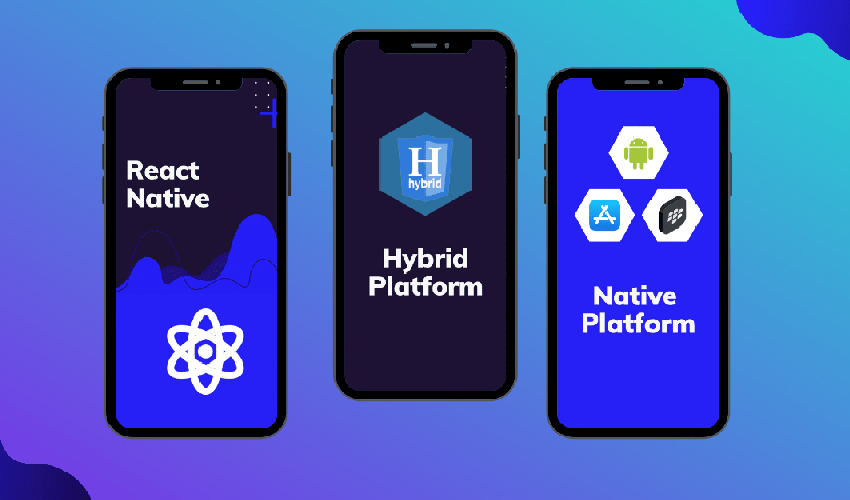Table of Contents
Introduction
Frontend technologies encompass the tools, languages, and frameworks used to create the visual elements of web and mobile applications. They determine how users interact with the application, making them a critical aspect of the development process.
What Are Frontend Technologies?

Frontend technologies include HTML, CSS, and JavaScript as their core components. HTML (Hypertext Markup Language) structures the content, CSS (Cascading Style Sheets) styles it, and JavaScript adds interactivity and dynamic behaviour.
Importance of Choosing the Right Frontend Technologies
Selecting the appropriate front-end technologies can significantly impact the success of your project. The right choice ensures a seamless user experience, faster load times, and easier maintenance.
HTML: The Building Block

HTML serves as the foundation of every web page. HTML5, the latest version, introduces several features that enhance web development, such as semantic tags for better content structuring.
HTML5 and its Features
HTML5 brings new elements like <nav>, <header>, and <footer>, which provides more meaningful structure to web pages.
CSS: Styling the Web

CSS is responsible for the visual presentation of web content. Using CSS frameworks like Bootstrap or Foundation can streamline the styling process and ensure consistency.
CSS Frameworks for Efficiency
Frameworks offer pre-designed styles and components, making it easier to create modern, visually appealing interfaces.
JavaScript: The Dynamic Engine
JavaScript adds interactivity to web applications, enabling features like dropdown menus and form validation.
Popular JavaScript Libraries
Libraries like jQuery and React simplify complex JavaScript tasks, speeding up development.
Responsive Design: Ensuring Cross-Device Compatibility
With the proliferation of devices, responsive design is crucial. Media queries and fluid layouts adapt content to various screen sizes.

Media Queries and Fluid Layouts
Media queries allow developers to specify different styles for different devices, ensuring a consistent user experience.
Web vs. Mobile Frontend Technologies
While web and mobile frontend technologies share similarities, they also have distinct requirements.
Key Differences and Considerations
Mobile apps often require native development, while web apps can leverage cross-platform frameworks.
Frameworks for Rapid Development
Frameworks like React, Angular, and Vue.js offer tools and patterns for efficient front-end development.

React, Angular, and Vue.js
These popular frameworks provide developers with reusable components and state management.
Progressive Web Apps (PWAs)
PWAs combine the best of web and mobile apps, offering users a fast and engaging experience.
Creating Engaging Web Experiences
PWAs use service workers to enable offline access and push notifications, enhancing user engagement.
Mobile App Development: Native vs. Hybrid
When developing mobile apps, choosing between native and hybrid approaches is crucial.

Choosing the Right Approach
Native apps offer performance and access to device features, while hybrid apps provide cross-platform compatibility.
WebAssembly: A Game-Changer
WebAssembly is revolutionizing frontend development by enabling high-performance, low-level code execution in browsers.
Enhancing Performance with WebAssembly
WebAssembly allows developers to run code written in languages like C and Rust in the browser.
Testing and Debugging Tools
Robust testing and debugging tools are essential for identifying and fixing frontend issues.
Ensuring a Smooth User Experience
Tools like Chrome DevTools and Jest make it easier to diagnose and resolve problems.
Optimizing Frontend for SEO

To improve search visibility, frontend developers can implement SEO techniques.
Techniques for Improved Search Visibility
Optimizing metadata, improving page speed, and using schema markup are key strategies.
Security Considerations
Protecting your frontend from security threats is vital to safeguard user data and application integrity.
Protecting Your Frontend from Threats
Implementing HTTPS, input validation, and security headers can help mitigate risks.
In conclusion, frontend technologies are the backbone of web and mobile applications, shaping how users interact with digital content. By understanding the nuances of these technologies, developers can create exceptional user experiences while ensuring security and performance.
FAQs
- What is the role of HTML in front-end development?
- HTML structures web content and provides the foundation for front-end development.
- Which CSS frameworks are popular for web styling?
- Bootstrap and Foundation are widely used CSS frameworks.
- What are some advantages of using JavaScript libraries?
- JavaScript libraries like jQuery simplify complex tasks and speed up development.
- What is the difference between native and hybrid mobile app development?
- Native apps offer better performance and access to device features, while hybrid apps provide cross-platform compatibility.
- How can I optimize my front end for better SEO?
- You can improve SEO by optimizing metadata, enhancing page speed, and using schema markup.
Thanks for reading our post “Breaking Down Frontend Technologies for Web and Mobile Apps”. Please connect with us to know more about Breaking Down Frontend Technologies.

















